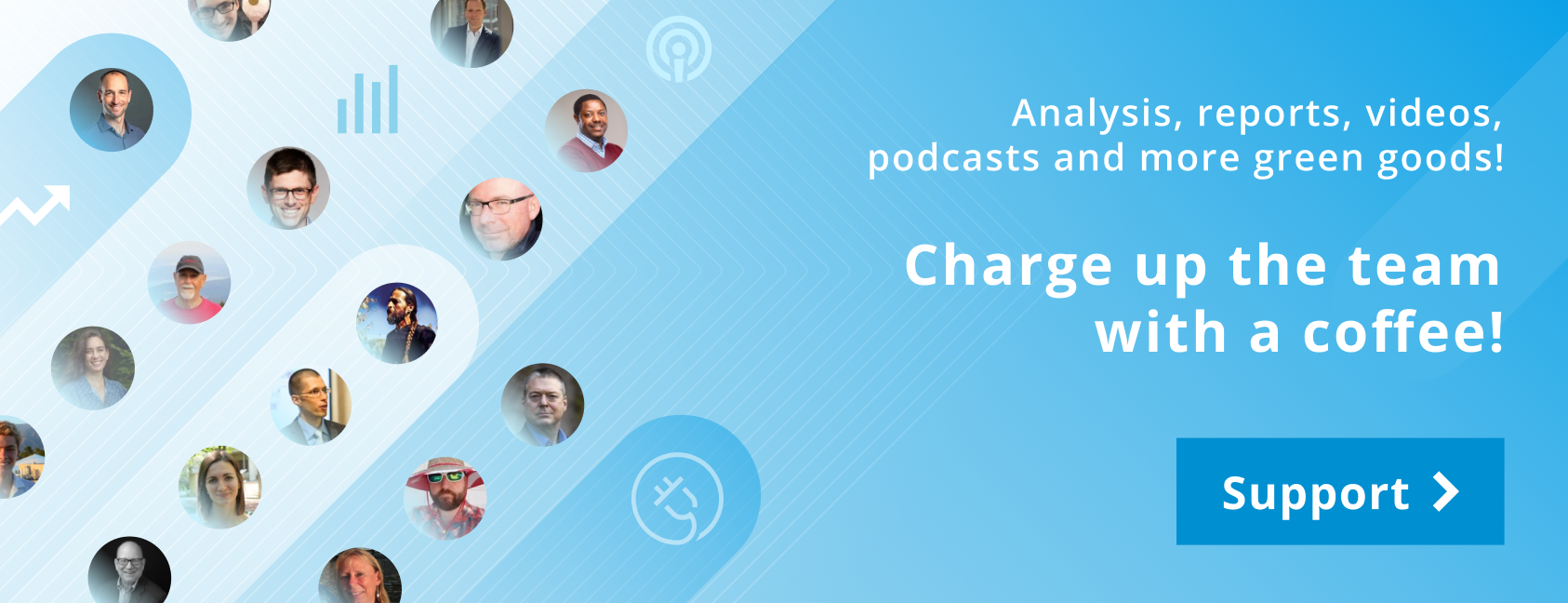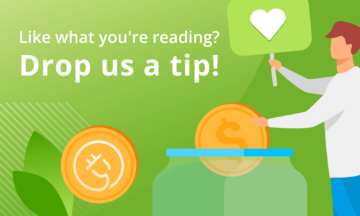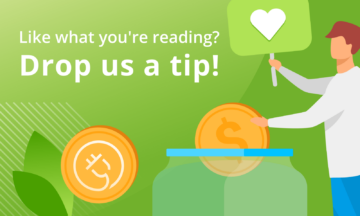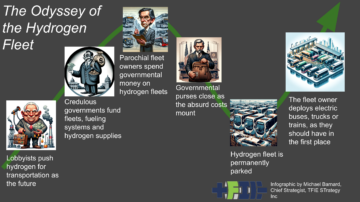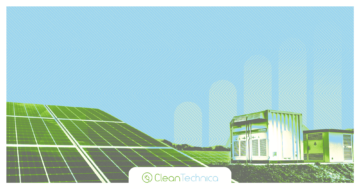Light pollution is the excessive or unnecessary artificial light produced by human activities, which causes adverse effects on the natural environment and living organisms. This phenomenon occurs when urban areas, industrial developments, and other human activities emit bright, unshielded lights into the natural environment, obstructing the sky’s view and disrupting the natural lighting cycles that many organisms rely on.
Light pollution has several negative effects on ecosystems, including disrupting natural light patterns for plants and animals, which can affect breeding, migration, and feeding habits. Additionally, excessive artificial light can also have negative impacts on human health, such as increased sleep disturbance, melatonin suppression, and eye strain. Like most other animals, we need some darkness at night for our health.
Sounds like a simple topic, right? But, it’s not as simple as turning the lights down or off, and it doesn’t mean you have to go without needed light to solve or reduce the problem. So, if you want to be able to do something about light pollution, you have to learn more about the topic. Fortunately, the International Dark-Sky Association has a mini-course you can take online to learn more about light pollution.
Light Pollution 101
The first thing covered is what light pollution is. It comes in three main forms:
- Skyglow: The light over populated areas that looks like a dome
- Glare: Direct excess light that blinds people
- Light Trespass: Light falling where it’s not intended or needed
Each of these forms of light pollution have different solutions, but the solutions work together to reduce the overall problem, especially skyglow. More on that below.
The course then gets into some facts and figures about light pollution. Sadly, 80% of the world sits under light-polluted skies and the light pollution is increasing by 2% per year. Even worse, all but one percent of the populations of the US and Europe live under light pollution. So, 99% of readers are probably living under a sky that disrupts their circadian rhythm, and thus messes up our health, along with many species of animals and plants.
On top of the health effects is the effect on climate change. Wasted energy making unneeded light contributes hundreds of millions of tons of CO2, so the effects will compound. Species already suffering from pointless light at the wrong places and times get to experience both that negative and the stresses of temperature changes.
They also get into a problematic bit of misinformation about lighting: that bright light makes us safe. Studies show us that light levels don’t improve safety from crime or accidents, and bright lights in the city could even increase the risk of these problems. Overly bright light gives criminals places to hide, especially in hard shadows. Glare and blinding light can cause more accidents than it solves, for obvious reasons.
Ways To Solve The Light Pollution Problem
اگلے حصے میں ، five principles are introduced for using light responsibly. وہ ہیں:
- All light should have a purpose
- Light should be directed only where needed
- Light should be no brighter than needed
- Light should be used only when useful
- Use warmer light when possible
What’s great about these principles is that they aren’t something you’d hear from some “eco-Nazi” who wants people to go without something they want or need for the environment. Instead, they take a balanced approach that gives all animals (including us) a better shot at having needs taken care of.
This layered approach starts by asking people to stop using pointless light (light that serves no useful purpose). Then, they advocate for keeping the light we need (and maybe even some of what we want, like decorative light), but only where it’s needed or wanted (with cutoff lamps) and in amounts that make sense (dimming). It’s also wise to use timers and/or motion sensors to minimize light to only when we need it.
The end result isn’t perfect from the perspective of people who think we need tons of light at night, but it lets people still enjoy their lives while not pointlessly harming animals (including ourselves, as we have circadian rhythms, too). It can also save you some money on your electric bill.
How The Organization Helps With The Light Pollution Issue
In the next section, the course discusses some of the things the IDA does to reduce light pollution. I don’t want to cover everything in this article, because I’m focusing on the issue of light pollution itself, but they explain some of their most important programs. These include designation of dark sky places to protect, volunteer programs, advocacy programs, and resources for learning (like the mini-course I took).
Why Light Pollution Matters
You’d think that a lot of exposure to dark sky areas (like those on this map) would help someone gain more appreciation for it, but in my case, the opposite was true when I was younger. Growing up in a rural area and spending time with family in wilderness areas left me with a sense that dark skies were somewhat normal. I knew that the light situation in El Paso, Phoenix, and other cities I had been to wasn’t great, but in the western United States, it’s a lot darker between the cities than it is east of the Mississippi and in other more densely populated parts of the world.
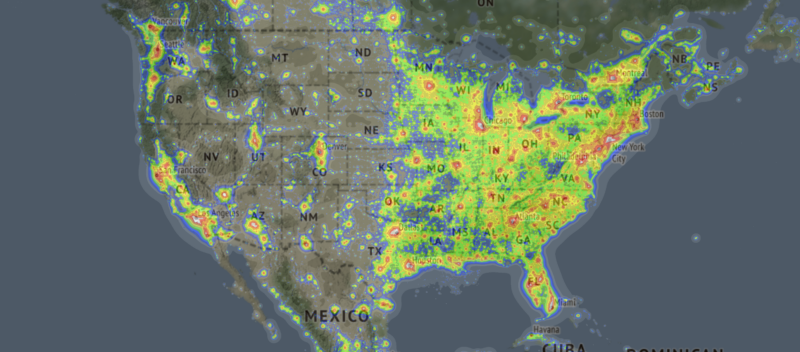
A light pollution map of the United States shows how fortunate I’ve been to have access to dark skies in the Southwest. Screenshot from DarkSiteFinder.com.
As I got older, I traveled a lot more and saw the problem more for what it is. Not only did I see that in many places there is no refuge from it, but I also saw that it was slowly getting worse. Places that had been dark 30 years ago had more and more light creeping up on the horizon, so what I’d seen elsewhere could be a sign of what’s to come in the West.
I really enjoy taking my kids out to see dark skies in places like the Gila Cliff Dwellings, the North Rim of the Grand Canyon, and parts of Southern Utah. I’d like for them to have the opportunity to share the view with any kids they may have.
In other words, we owe it to future generations to not destroy the night sky just like we owe it to them to not destroy every other natural system on this planet that we depend on. Not only is it their birthright to see what we saw, but their health and the health of countless non-human animals also depends on it.
Featured Image: Screenshot from DarkSiteFinder.com
سائن اپ کریں کلین ٹیکنیکا سے روزانہ کی خبروں کی تازہ کاری ای میل پر یا گوگل نیوز پر ہماری پیروی کریں۔!
کلین ٹیکنیکا کے لیے کوئی ٹپ ہے، تشہیر کرنا چاہتے ہیں، یا ہمارے کلین ٹیک ٹاک پوڈ کاسٹ کے لیے مہمان تجویز کرنا چاہتے ہیں؟ ہم سے رابطہ کریں.
ای وی اور کلینٹیک منرل بوم میں سوچ سمجھ کر سرمایہ کاری کرنا
مجھے پے والز پسند نہیں ہیں۔ آپ کو پے والز پسند نہیں ہیں۔ پے وال کون پسند کرتا ہے؟ یہاں CleanTechnica میں، ہم نے تھوڑی دیر کے لیے ایک محدود پے وال لاگو کیا، لیکن یہ ہمیشہ غلط محسوس ہوتا تھا — اور یہ فیصلہ کرنا ہمیشہ مشکل ہوتا تھا کہ ہمیں وہاں کیا رکھنا چاہیے۔ نظریہ میں، آپ کا سب سے خصوصی اور بہترین مواد پے وال کے پیچھے جاتا ہے۔ لیکن پھر بہت کم لوگ اسے پڑھتے ہیں! ہم صرف پے والز کو پسند نہیں کرتے ہیں، اور اس لیے ہم نے اپنا کام ختم کرنے کا فیصلہ کیا ہے۔ بدقسمتی سے، میڈیا کا کاروبار اب بھی ایک مشکل، چھوٹے مارجن کے ساتھ کٹا ہوا کاروبار ہے۔ پانی سے اوپر رہنا یا یہاں تک کہ شاید - یہ کبھی نہ ختم ہونے والا اولمپک چیلنج ہے۔ ہاںفتے - بڑھنا تو…
- SEO سے چلنے والا مواد اور PR کی تقسیم۔ آج ہی بڑھا دیں۔
- پلیٹو بلاک چین۔ Web3 Metaverse Intelligence. علم میں اضافہ۔ یہاں تک رسائی حاصل کریں۔
- ماخذ: https://cleantechnica.com/2023/04/19/want-to-learn-about-light-pollution-theres-a-mini-course-for-that/
- : ہے
- : ہے
- $UP
- 1
- 2%
- 9
- a
- قابلیت
- ہمارے بارے میں
- اوپر
- تک رسائی حاصل
- حادثات
- سرگرمیوں
- اس کے علاوہ
- منفی
- کی تشہیر
- وکالت
- وکیل
- پر اثر انداز
- تمام
- ساتھ
- پہلے ہی
- ہمیشہ
- مقدار
- اور
- جانوروں
- کوئی بھی
- قدردانی
- نقطہ نظر
- کیا
- رقبہ
- علاقوں
- مضمون
- مصنوعی
- AS
- ایسوسی ایشن
- At
- BE
- کیونکہ
- رہا
- پیچھے
- نیچے
- BEST
- بہتر
- کے درمیان
- بل
- بٹ
- روشن
- روشن
- کاروبار
- by
- کر سکتے ہیں
- پرواہ
- کیس
- کیونکہ
- وجوہات
- چیلنج
- تبدیل
- تبدیلیاں
- چپ
- شہر
- شہر
- cleantech
- کلینٹیک ٹاک
- آب و ہوا
- موسمیاتی تبدیلی
- co2
- COM
- کس طرح
- کمپاؤنڈ
- مواد
- سکتا ہے
- کورس
- احاطہ
- احاطہ کرتا ہے
- جرم
- مجرم
- سائیکل
- گہرا
- فیصلہ کرنا
- فیصلہ کیا
- انحصار کرتا ہے
- نامزد
- تباہ
- رفت
- DID
- مختلف
- براہ راست
- ہدایت
- نہیں کرتا
- نہیں
- نیچے
- وسطی
- ماحولیاتی نظام۔
- اثر
- اثرات
- الیکٹرک
- دوسری جگہوں پر
- ای میل
- توانائی
- لطف اندوز
- ماحولیات
- خاص طور پر
- Ether (ETH)
- یورپ
- EV
- بھی
- ہر کوئی
- سب کچھ
- خصوصی
- تجربہ
- وضاحت
- نمائش
- آنکھ
- نیچےگرانا
- خاندان
- کھانا کھلانا
- اعداد و شمار
- پہلا
- توجہ مرکوز
- کے لئے
- فارم
- خوش قسمت
- خوش قسمتی سے
- سے
- مستقبل
- حاصل کرنا
- نسلیں
- حاصل
- حاصل کرنے
- فراہم کرتا ہے
- Go
- جاتا ہے
- گوگل
- عظیم
- بڑھائیں
- بڑھتے ہوئے
- مہمان
- ہارڈ
- نقصان پہنچانا
- ہے
- ہونے
- صحت
- سن
- مدد
- مدد کرتا ہے
- یہاں
- ذاتی ترامیم چھپائیں
- افق
- کس طرح
- HTTPS
- انسانی
- سینکڑوں
- لاکھوں لاکھ
- i
- تصویر
- اثرات
- عملدرآمد
- اہم
- کو بہتر بنانے کے
- in
- دیگر میں
- شامل
- سمیت
- اضافہ
- اضافہ
- اضافہ
- صنعتی
- کے بجائے
- بین الاقوامی سطح پر
- متعارف
- مسئلہ
- IT
- خود
- فوٹو
- رکھتے ہوئے
- بچوں
- پرتوں
- جانیں
- سیکھنے
- آو ہم
- سطح
- روشنی
- لائٹنینگ کا
- کی طرح
- لمیٹڈ
- رہتے ہیں
- زندگی
- رہ
- دیکھنا
- بہت
- مین
- بنا
- بناتا ہے
- بنانا
- بہت سے
- نقشہ
- مارجن
- زیادہ سے زیادہ چوڑائی
- مئی..
- میڈیا
- منتقلی
- لاکھوں
- معدنی
- کم سے کم
- غلط معلومات
- مسیسپی
- قیمت
- ماہانہ
- زیادہ
- سب سے زیادہ
- تحریک
- قدرتی
- ضرورت ہے
- ضرورت
- ضروریات
- منفی
- خبر
- اگلے
- رات
- عام
- شمالی
- واضح
- of
- اولمپک
- on
- ایک
- مواقع
- اس کے برعکس
- تنظیم
- دیگر
- ہمارے
- پر
- مجموعی طور پر
- حصے
- Patreon
- پیٹرن
- پے پال
- لوگ
- فیصد
- کامل
- شاید
- نقطہ نظر
- رجحان
- فونکس
- مقامات
- سیارے
- پودوں
- پلاٹا
- افلاطون ڈیٹا انٹیلی جنس
- پلیٹو ڈیٹا
- مہربانی کرکے
- podcast
- آلودگی
- آباد ہے
- آبادی
- اصولوں پر
- شاید
- مسئلہ
- مسائل
- تیار
- پروگرام
- حفاظت
- مقصد
- ڈال
- پڑھیں
- قارئین
- وجوہات
- کو کم
- انحصار کرو
- وسائل
- نتیجہ
- رسک
- دیہی
- s
- محفوظ
- سیفٹی
- محفوظ کریں
- سیکشن
- احساس
- سینسر
- کام کرتا ہے
- کئی
- سیکنڈ اور
- ہونا چاہئے
- دکھائیں
- شوز
- سائن ان کریں
- سادہ
- صورتحال
- آسمان
- سو
- آہستہ آہستہ
- So
- حل
- حل
- حل کرتا ہے
- کچھ
- کسی
- کچھ
- کچھ بھی نہیں
- جنوبی
- خرچ کرنا۔
- شروع ہوتا ہے
- امریکہ
- رہنا
- ابھی تک
- بند کرو
- مطالعہ
- اس طرح
- مبتلا
- حمایت
- دمن
- کے نظام
- لے لو
- لینے
- بات
- ٹیم
- کہ
- ۔
- مغرب
- دنیا
- ان
- ان
- وہاں.
- یہ
- بات
- چیزیں
- سوچو
- تین
- وقت
- اوقات
- ٹپ
- کرنے کے لئے
- مل کر
- ٹن
- بھی
- سب سے اوپر
- موضوع
- سفر کیا
- سچ
- ٹرننگ
- کے تحت
- متحدہ
- ریاست ہائے متحدہ امریکہ
- تازہ ترین معلومات
- شہری
- شہری علاقے
- us
- استعمال کی شرائط
- استعمال کیا جاتا ہے
- یوٹاہ
- Ve
- کی طرف سے
- لنک
- رضاکارانہ
- چاہتے تھے
- گرم
- پانی
- مغربی
- مغربی
- کیا
- جس
- جبکہ
- ڈبلیو
- گے
- WISE
- ساتھ
- بغیر
- الفاظ
- کام
- مل کے کام کرو
- دنیا
- گا
- غلط
- سال
- سال
- چھوٹی
- اور
- یو ٹیوب پر
- زیفیرنیٹ


